Australia is a popular destination for those looking to settle abroad. Obtaining permanent residency (PR) in Australia is a significant step for migrants seeking to make this beautiful country their new home. This blog will guide you through the essential steps of applying for permanent residency in Australia and provide valuable tips.
1. Understand the Requirements
Permanent residency in Australia is typically achieved through various visa programs, each with specific requirements. The most common pathways include skilled migration, family sponsorship, and business or investor streams. Skilled migration, particularly, is based on a points system which evaluates factors such as age, language proficiency, professional experience, and education.
To start, familiarise yourself with the Department of Home Affairs website, which provides detailed information on different visa categories and the criteria for each.
2. Assess Your Eligibility
Before applying, it’s crucial to assess your eligibility. Australia’s points-based system for skilled migration requires you to score a minimum number of points. Tools like the SkillSelect system allow you to enter your details to see if you meet the criteria for a skilled visa.
Consider consulting with a registered migration agent who can provide personalised advice and help streamline your application process.
3. Choose the Right Visa
Selecting the right visa is critical. For skilled workers, the most common visas are:
Skilled Independent Visa (Subclass 189): No sponsorship needed, you must meet the points test.
Skilled Nominated Visa (Subclass 190): Requires nomination by an Australian state or territory government.
Skilled Work Regional (Provisional) Visa (Subclass 491): For those who are willing to live and work in regional areas.
Family visas can be an option if you have a family member who is already an Australian citizen or PR who can sponsor you.
4. Prepare Your Application
Gather all necessary documents, such as passports, proof of language proficiency (IELTS, PTE, etc.), educational and professional documents, and any other certificates that support your application. Ensure all documents are translated into English by a certified translator if originally in another language.
5. Submit Your Expression of Interest (EOI)
For skilled visas, the first step is to submit an Expression of Interest (EOI) through SkillSelect. This system allows the Australian government to assess your skills and qualifications. If your EOI scores high enough and meets the demand for your skill set, you may be invited to apply for a visa.
6. State Nomination or Sponsorship
If you are applying for a visa that requires state nomination or sponsorship by a relative, ensure you meet the additional requirements set by the state or your sponsor. This process often involves additional applications and documentation.
7. Wait for Invitation to Apply
After your EOI is submitted, if you meet the criteria and score sufficiently, you may receive an invitation to apply for a visa. This is your window to submit a full application and provide all required documentation.
8. Pass Health and Character Assessments
As part of the application process, you’ll need to pass health and character assessments. This includes medical checks and police clearance certificates from every country you’ve lived in for more than 12 months over the last decade.
9. Visa Decision
Once your application is complete and submitted, the waiting game begins. Processing times can vary based on the visa category and individual circumstances. Keep track of your application status and be prepared for additional information requests from the immigration department.
Conclusion
Securing permanent residency in Australia requires careful planning, thorough preparation, and patience. By understanding the pathways available, assessing your eligibility, and meticulously preparing your application, you can increase your chances of making Australia your new permanent home. Remember, the journey might be complex, but the rewards of living in such a dynamic and welcoming country can be worth the effort. For help with your visa application, contact Australian Visa Advice.


